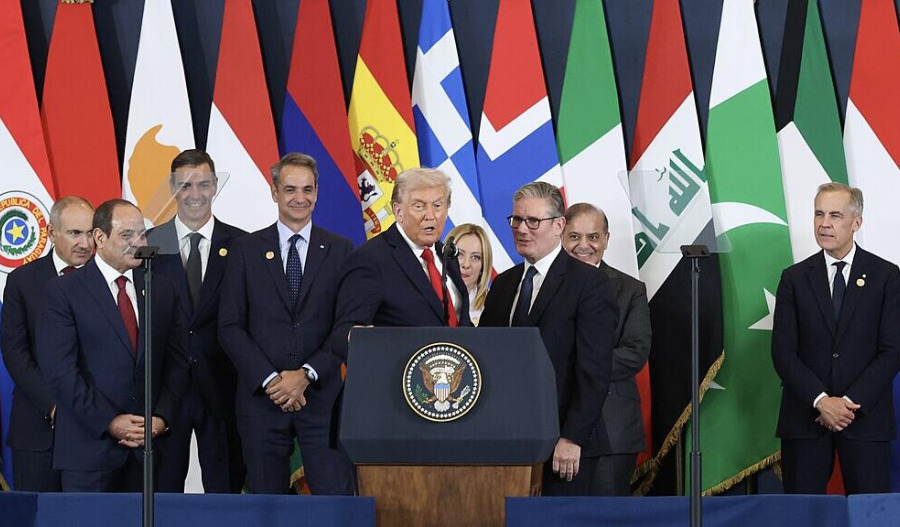Oil prices edged higher during Tuesday's Asian deals as signs of easing trade tensions between the United States and China lifted market confidence, helping offset concerns about slowing global fuel demand.
By 3:05 pm AEDT (4:05 am GMT), Brent crude futures were up 23 cents, or 0.4%, at US$63.55 per barrel, while U.S. West Texas Intermediate (WTI) crude gained 22 cents, or 0.4%, to US$59.71 per barrel.
In the previous session, Brent settled 0.9% higher and WTI rose 1%, extending modest rebounds after last week’s heavy losses, which saw both benchmarks fall to their lowest levels since May.
Oil traders took encouragement from indications that Washington and Beijing may be moving toward a less confrontational stance.
Historically, progress in trade relations between the world’s two largest economies has buoyed oil prices, as investors anticipate stronger global growth and higher energy consumption.
However, sentiment remains fragile following recent escalations. China’s expanded export controls on rare earth minerals and President Donald Trump’s threats of 100% tariffs and new restrictions on U.S. software exports, effective from 1 November, have added uncertainty to the outlook.
While the latest market rebound suggests selling pressure has eased, geopolitics are expected to remain a key driver of sentiment.
Adding to the geopolitical backdrop, Trump on Monday declared an end to the two-year-long Gaza war, a conflict that has disrupted Middle Eastern supply lines and contributed to volatility across energy markets.
Meanwhile, the Organization of the Petroleum Exporting Countries (OPEC) and its allies, including Russia, said in their latest monthly report that the global oil supply shortfall is expected to narrow in 2026 as OPEC+ proceeds with planned output increases.
The group noted that production growth from non-OPEC countries will also contribute to easing supply constraints over the medium term.



